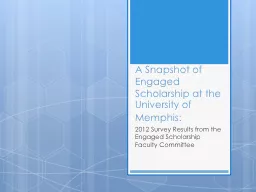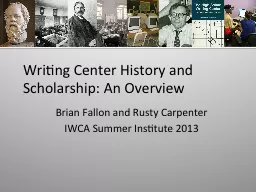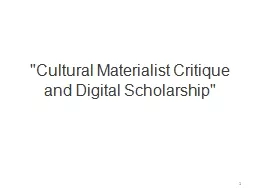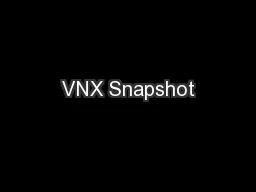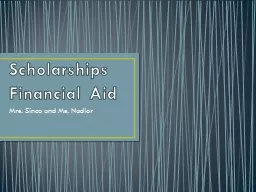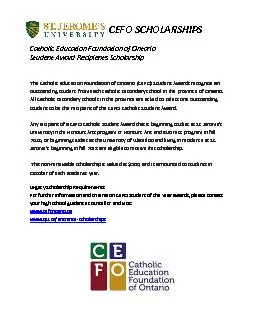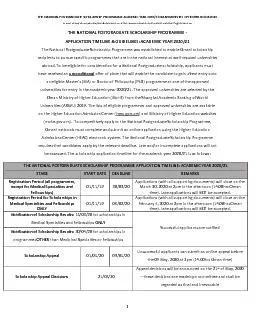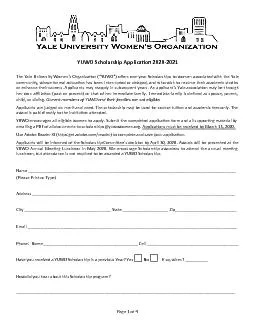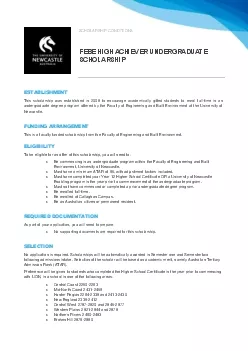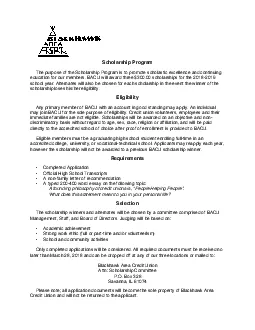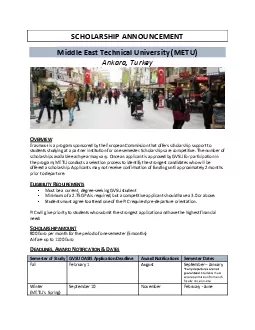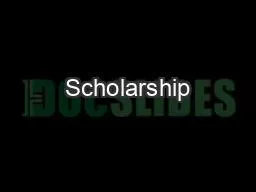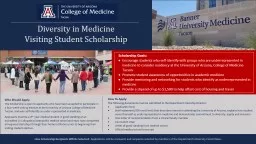PPT-A Snapshot of Engaged Scholarship at the University of Memp
Author : kittie-lecroy | Published Date : 2016-10-16
2012 Survey Results from the Engaged Scholarship Faculty Committee Study Goals To learn more about the scope and reach of community involvement by faculty members
Presentation Embed Code
Download Presentation
Download Presentation The PPT/PDF document "A Snapshot of Engaged Scholarship at the..." is the property of its rightful owner. Permission is granted to download and print the materials on this website for personal, non-commercial use only, and to display it on your personal computer provided you do not modify the materials and that you retain all copyright notices contained in the materials. By downloading content from our website, you accept the terms of this agreement.
A Snapshot of Engaged Scholarship at the University of Memp: Transcript
Download Rules Of Document
"A Snapshot of Engaged Scholarship at the University of Memp"The content belongs to its owner. You may download and print it for personal use, without modification, and keep all copyright notices. By downloading, you agree to these terms.
Related Documents

